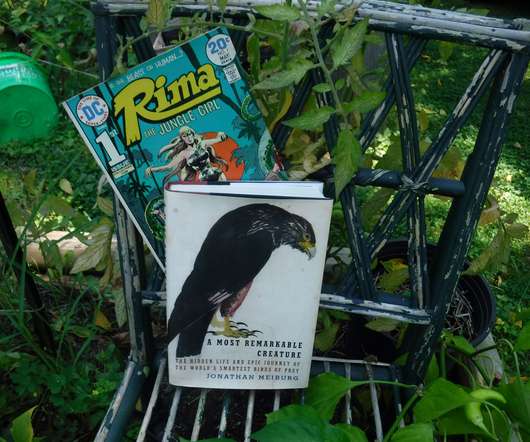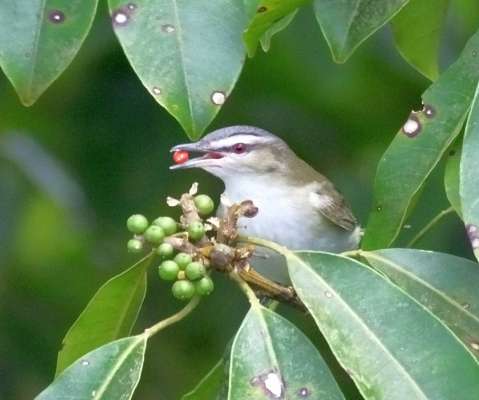A Most Remarkable Book
10,000 Birds
SEPTEMBER 1, 2021
It involves plate tectonics; and the separation of North America from South America and their eventual reconnection; and the end of the Cretaceous Era thanks to a big asteroid, and the movements of animals, including humans, in response to all of those things.















Let's personalize your content